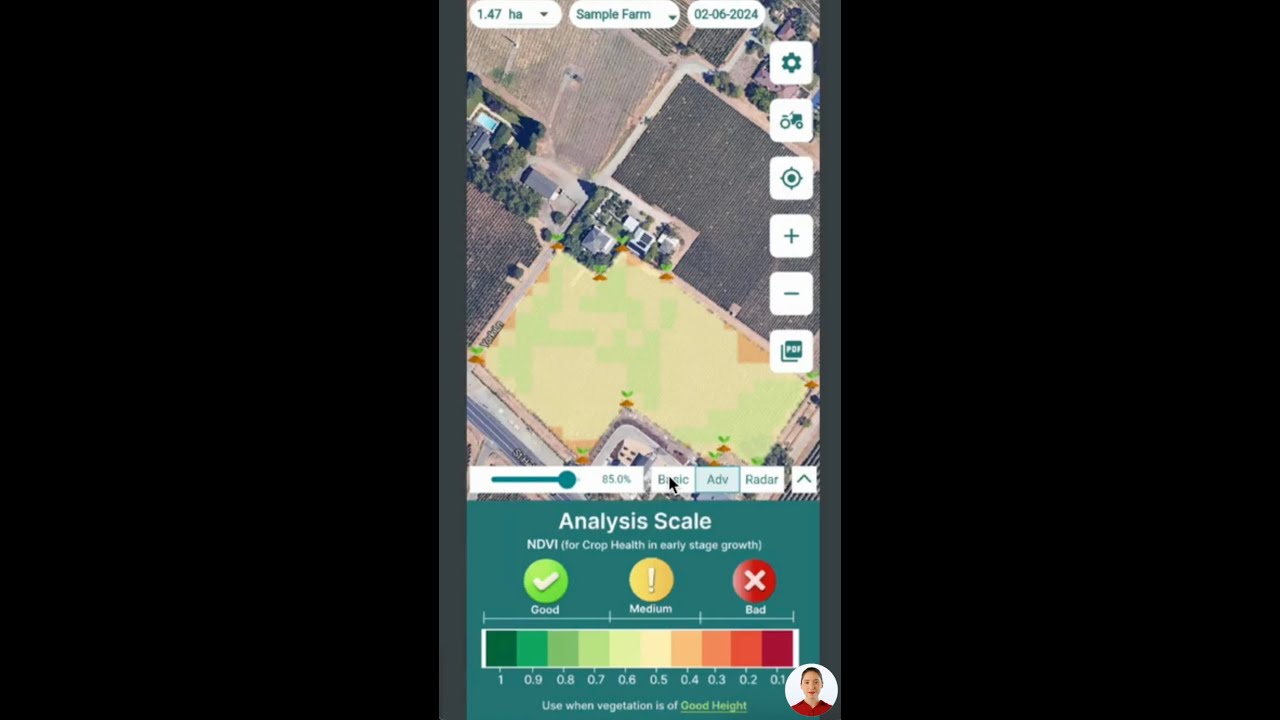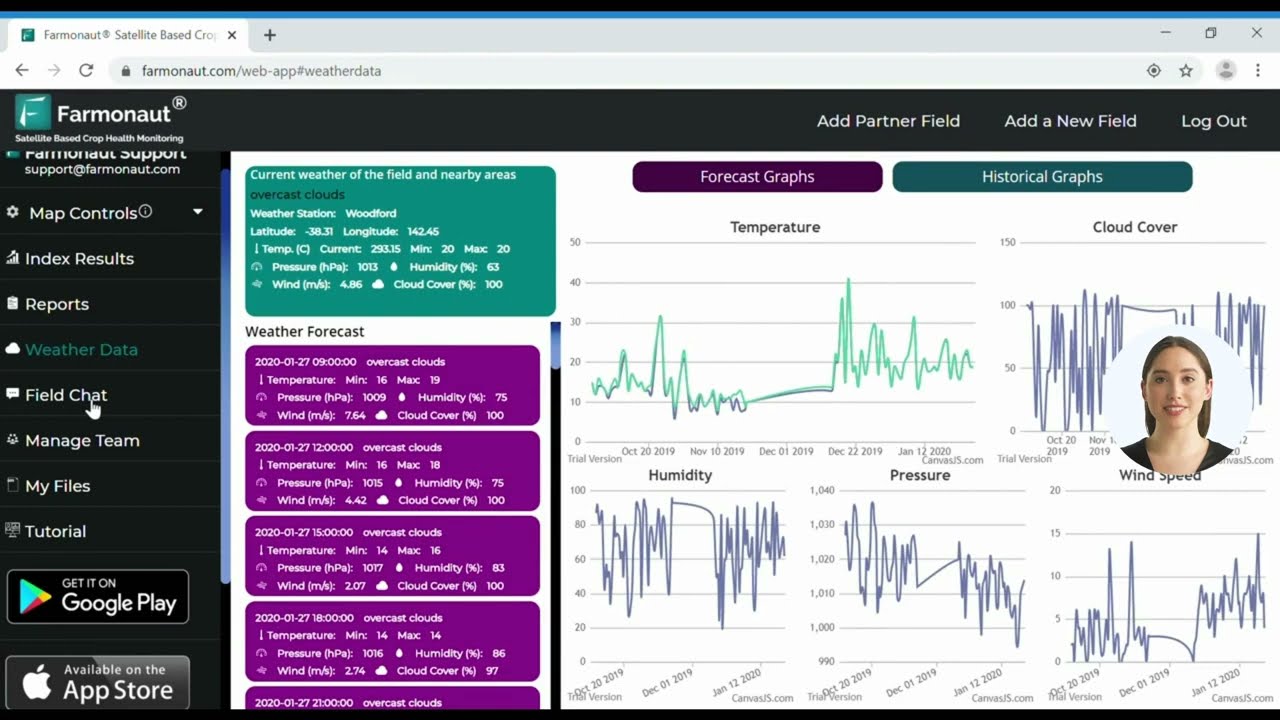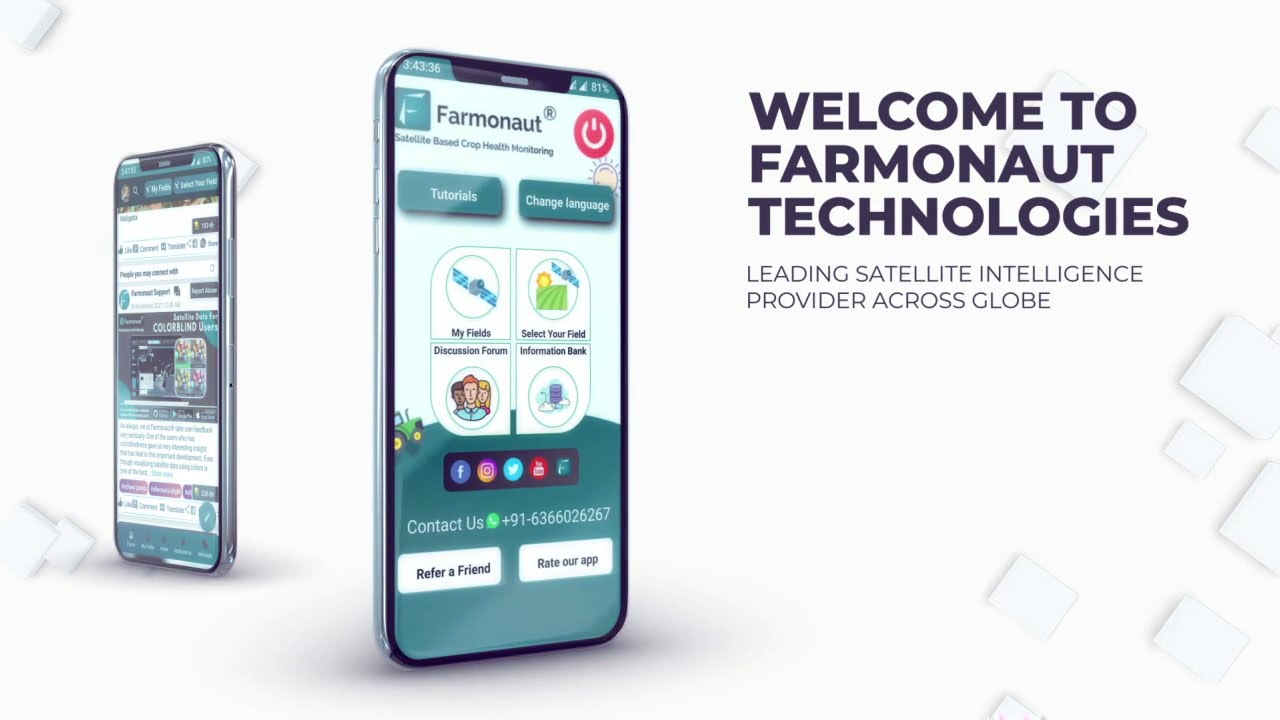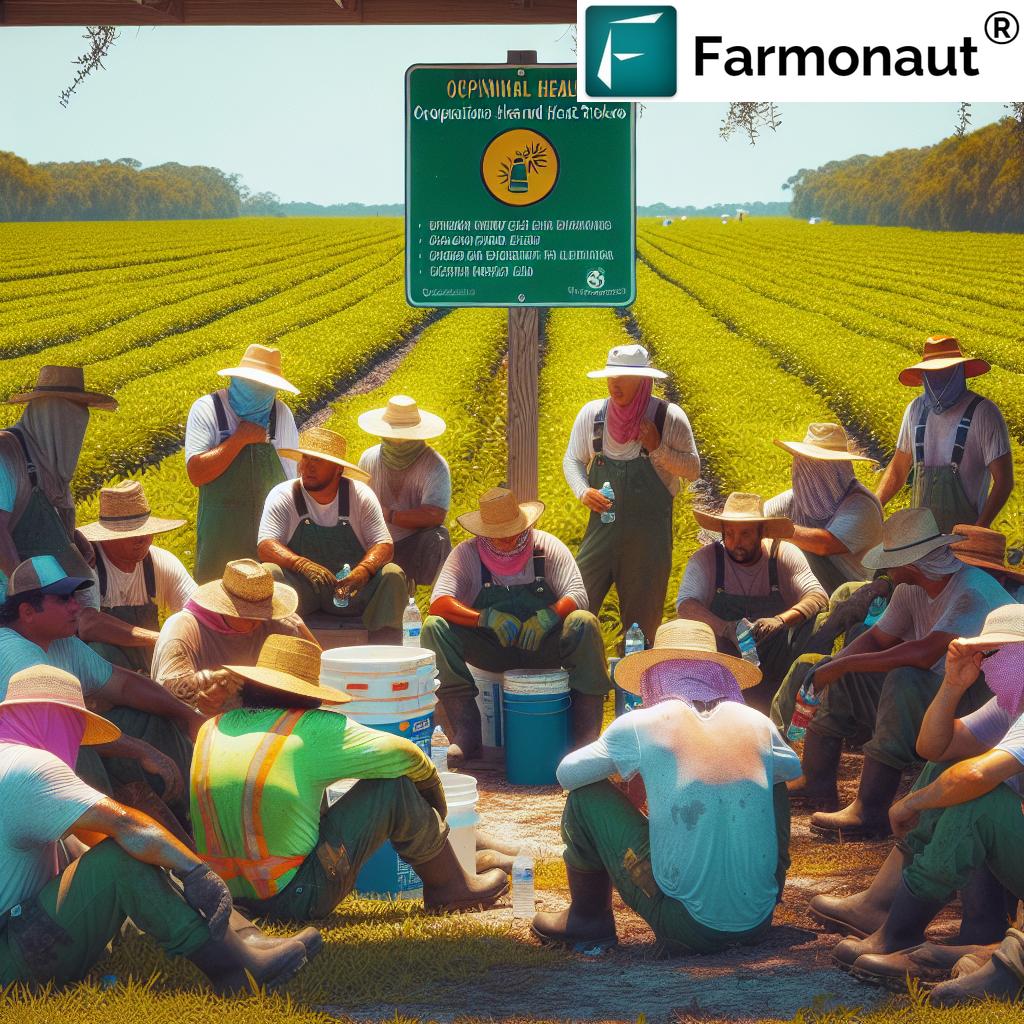Ohio’s Strawberry Crisis: Innovative Research Tackles Neo-P Fungal Disease and Revolutionizes Crop Management
“Ohio’s strawberry crisis has led to shortages of locally grown berries and price increases, affecting supply chains and yields.”
In the heart of the Midwest, Ohio’s strawberry industry is facing an unprecedented challenge. The Neopestalotiopsis fungal disease, commonly known as “Neo-P,” has emerged as a formidable threat to our state’s beloved fruit crop. As agricultural researchers and experts, we are at the forefront of tackling this crisis, developing innovative solutions to safeguard Ohio’s strawberry production and revolutionize crop management practices.

Understanding the Neo-P Fungal Disease
Neopestalotiopsis, or Neo-P, is a fungal pathogen that has sent shockwaves through Ohio’s agricultural community since its identification in 2021. This aggressive disease affects both field and controlled environment agriculture, posing a significant threat to our state’s strawberry supply chains and crop yields. The impact has been severe, leading to shortages of locally grown strawberries and increased prices for consumers.
The primary challenge growers face is obtaining healthy transplants. With limited fungicide options and no resistant strawberry varieties currently available, our state’s producers are grappling with maintaining their production levels. This situation has prompted a collaborative effort between researchers, extension specialists, and growers to develop effective disease management strategies.
The Impact on Ohio’s Strawberry Industry
The Neo-P fungal disease has had far-reaching consequences for Ohio’s strawberry industry:
- Shortage of healthy transplants
- Reduced crop yields
- Increased production costs
- Higher consumer prices
- Disrupted supply chains
These challenges have particularly affected greenhouse and high tunnel growers, who face even fewer fungicide options in controlled environment agriculture compared to field production. As a result, many growers are struggling to maintain their production levels, impacting the availability of locally grown strawberries in Ohio markets.
Innovative Research and Management Strategies
In response to this crisis, we at Ohio State University’s College of Food, Agricultural, and Environmental Sciences (CFAES) are spearheading research efforts to combat the Neo-P fungal disease. Our multifaceted approach includes:
- Studying the pathogen’s ability to overwinter in Ohio soils
- Developing early detection methods
- Evaluating effective fungicide programs
- Exploring sustainable strawberry farming practices
- Researching disease-resistant strawberry varieties
These initiatives are crucial for developing long-term solutions to the Neo-P crisis and ensuring the sustainability of Ohio’s strawberry industry.
Collaborative Efforts in Agricultural and Environmental Sciences
Our research at CFAES is a collaborative effort involving multiple departments and specialties. The Ohio State University Extension is playing a pivotal role in providing essential education, research, and disease management recommendations to growers across the state. This comprehensive approach involves:
- Funding through the CFAES Internal Grants Program
- Support from the Ohio Produce Growers and Marketers Association
- Free disease diagnosis services for commercial fruit and vegetable crops
- Development of disease reference sheets and management recommendations
- Regular updates through Ohio Fruit News and grower meetings
These efforts are crucial in helping growers develop effective spray programs and implement best practices for the upcoming growing seasons.
Controlled Environment Agriculture Research
The Neo-P outbreak has also affected research efforts at CFAES’ Controlled Environment Agriculture Research Complex and the CFAES Wooster campus. While this has presented challenges, it has also provided a unique opportunity to study the disease in controlled environment agriculture systems. This research is vital for developing management strategies specific to greenhouse and high tunnel production.
“Researchers are developing resistant strawberry varieties and studying sustainable farming practices to combat the Neopestalotiopsis fungal disease.”
Developing Resistant Varieties: The Future of Strawberry Farming
A key focus of our research is the development of strawberry varieties resistant to Neo-P. This work, led by Dr. Melanie L. Lewis Ivey and Dr. Jonathan Fresnedo Ramirez, involves:
- Identifying commercial cultivars with Neo-P tolerance
- Studying accession lines for potential resistance
- Utilizing advanced breeding techniques to develop new resistant varieties
This research is crucial for providing long-term solutions to the Neo-P crisis and ensuring the future sustainability of Ohio’s strawberry industry.
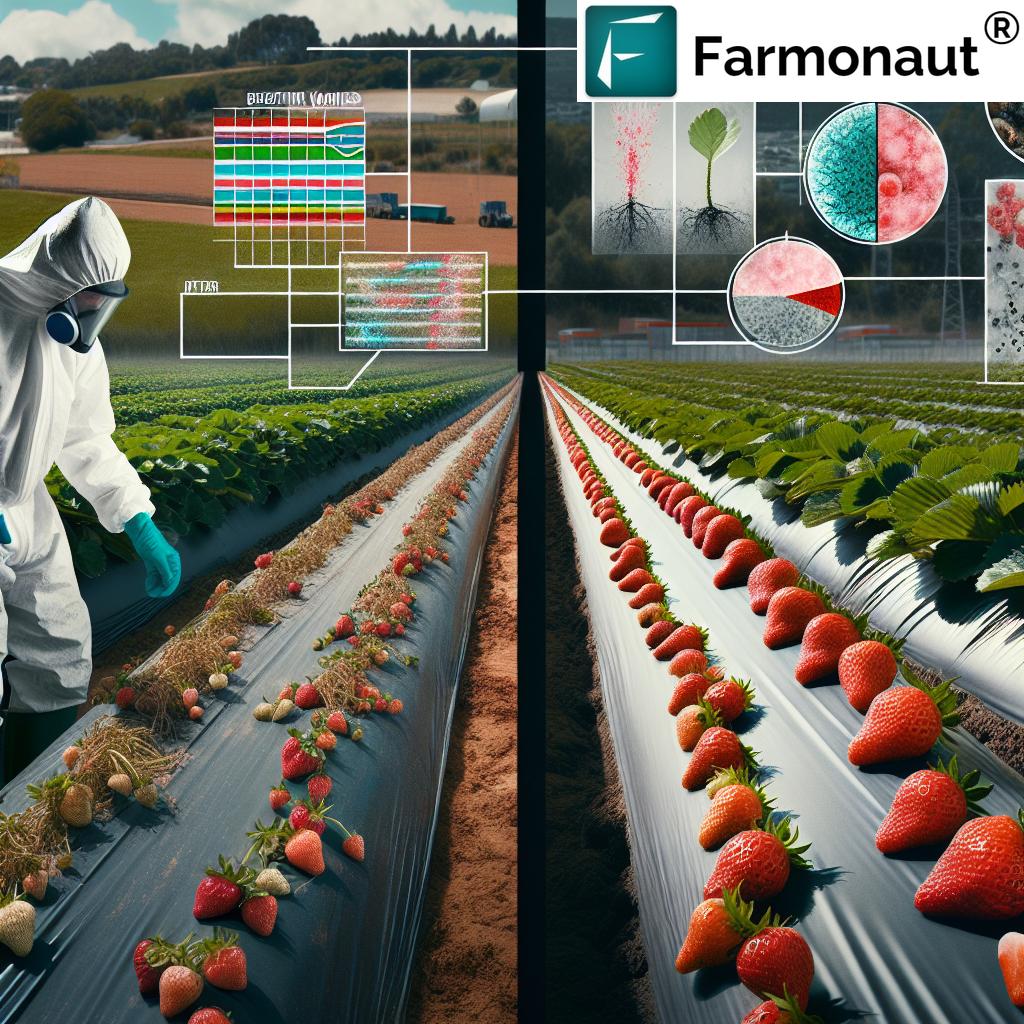
Sustainable Strawberry Farming Practices
In addition to developing resistant varieties, our research is exploring sustainable farming practices that can help mitigate the impact of Neo-P. These practices include:
- Optimizing soil health to improve plant resilience
- Implementing integrated pest management strategies
- Exploring biological control agents
- Developing precision agriculture techniques for disease management
These sustainable practices not only help in managing Neo-P but also contribute to overall improved crop health and environmental stewardship.
The Role of Technology in Strawberry Disease Management
Advanced technology plays a crucial role in our fight against Neo-P. We are leveraging cutting-edge tools and platforms to enhance our research and management strategies. One such innovative solution is provided by Farmonaut, a pioneering agricultural technology company that offers advanced, satellite-based farm management solutions.
Farmonaut’s platform provides valuable services such as real-time crop health monitoring, AI-based advisory systems, and resource management tools. These technologies can be particularly beneficial for strawberry growers dealing with the Neo-P crisis:
- Satellite-Based Crop Health Monitoring: Farmonaut uses multispectral satellite images to monitor crop health, providing farmers with insights into vegetation health (NDVI) and soil moisture levels. This data can help strawberry growers detect early signs of disease and make informed decisions about irrigation and pest management.
- AI Advisory System: Farmonaut’s AI-driven personalized farm advisory tool delivers real-time insights and expert crop management strategies. This can be invaluable for strawberry growers implementing new disease management practices.
- Resource Management: Efficient resource management is crucial when dealing with crop diseases. Farmonaut’s tools can help optimize the use of inputs like water and fertilizers, potentially reducing the stress on plants and improving their resilience to diseases like Neo-P.
By integrating these advanced technologies into our research and management strategies, we can enhance our ability to monitor, predict, and respond to the challenges posed by the Neo-P fungal disease.
Comparative Analysis of Strawberry Production Methods in Ohio
To better understand the impact of Neo-P on different production methods and to guide future strategies, we’ve compiled a comparative analysis of strawberry production methods in Ohio:
| Production Method | Estimated Yield (lbs/acre) | Neo-P Disease Resistance | Initial Setup Cost ($/acre) | Annual Maintenance Cost ($/acre) | Growing Season Length (months) | Water Usage Efficiency | Pest Management Difficulty |
|---|---|---|---|---|---|---|---|
| Traditional Field Cultivation | 8,000 – 12,000 | Low | $5,000 – $8,000 | $2,000 – $3,000 | 3 – 4 | Low | High |
| Greenhouse Cultivation | 20,000 – 30,000 | Medium | $30,000 – $50,000 | $8,000 – $12,000 | 8 – 10 | High | Medium |
| High Tunnel Production | 15,000 – 25,000 | Medium | $15,000 – $25,000 | $5,000 – $8,000 | 6 – 8 | Medium | Medium |
This comparative analysis highlights the trade-offs between different production methods in the context of the Neo-P challenge. While traditional field cultivation has lower setup and maintenance costs, it’s more susceptible to Neo-P and has lower yields. Greenhouse and high tunnel production methods offer better disease resistance and higher yields but come with increased costs. This information is crucial for growers considering adapting their production methods in response to the Neo-P crisis.
The Future of Ohio’s Strawberry Industry
As we continue our research and implement new management strategies, the future of Ohio’s strawberry industry looks promising. Our multifaceted approach, combining innovative research, sustainable farming practices, and advanced technologies, is paving the way for a more resilient and productive strawberry sector.
Key areas of focus for the future include:
- Continued development of disease-resistant strawberry varieties
- Implementation of precision agriculture techniques for disease management
- Expansion of controlled environment agriculture to mitigate climate and disease risks
- Enhanced collaboration between researchers, extension specialists, and growers
- Integration of advanced technologies like satellite monitoring and AI-driven advisory systems
By addressing the Neo-P crisis head-on and embracing innovative solutions, we are not just solving a current problem but revolutionizing crop management practices for the future of Ohio’s agriculture.
Leveraging Technology for Sustainable Strawberry Farming
As we continue to battle the Neo-P fungal disease, integrating advanced technological solutions becomes increasingly important. Farmonaut’s suite of tools offers significant potential for enhancing our strawberry disease management strategies:
- Carbon Footprinting: This feature allows agribusinesses to monitor and reduce their environmental impact. By tracking carbon emissions in real-time, strawberry growers can make informed decisions to enhance sustainability while combating diseases like Neo-P.
- Traceability Solutions: Farmonaut’s blockchain-based traceability can help ensure transparency in the strawberry supply chain. This is particularly valuable in tracking the source and spread of diseases like Neo-P, enabling more targeted and effective management strategies.
- Crop Loan and Insurance: With the challenges posed by Neo-P, access to financing becomes crucial for strawberry growers. Farmonaut’s satellite-based verification for crop loans and insurance can help farmers secure the financial support they need to implement disease management strategies and recover from potential losses.
- Fleet Management: Efficient logistics are essential in managing large-scale strawberry operations, especially when implementing new disease control measures. Farmonaut’s fleet management tools can help optimize vehicle usage and improve overall management of agricultural machinery.
By leveraging these advanced technologies, we can enhance our ability to monitor, predict, and respond to the challenges posed by the Neo-P fungal disease, ultimately contributing to a more resilient and sustainable strawberry industry in Ohio.
Education and Outreach: Empowering Ohio’s Strawberry Growers
A crucial aspect of our response to the Neo-P crisis is education and outreach. We are committed to empowering Ohio’s strawberry growers with the knowledge and tools they need to combat this disease effectively. Our efforts include:
- Regular workshops and seminars on Neo-P management
- Distribution of up-to-date disease management guides
- On-farm demonstrations of effective control strategies
- Online resources and webinars for continuous learning
- One-on-one consultations with extension specialists
These educational initiatives ensure that growers have access to the latest research findings and best practices in strawberry disease management.
Collaborative Research: A Key to Success
Our fight against Neo-P is a collaborative effort involving various stakeholders:
- Ohio State University researchers
- Extension specialists
- Commercial strawberry growers
- Agricultural technology companies
- State and federal agricultural agencies
This collaborative approach ensures that our research is practical, applicable, and immediately beneficial to Ohio’s strawberry industry.
The Road Ahead: Challenges and Opportunities
While the Neo-P fungal disease presents significant challenges, it also offers opportunities for innovation and growth in Ohio’s strawberry industry. As we move forward, we are focusing on:
- Developing more resilient strawberry varieties
- Implementing advanced disease detection and management technologies
- Exploring new markets and value-added products for strawberries
- Enhancing the sustainability and efficiency of strawberry production
By addressing these challenges head-on, we are not only solving the immediate Neo-P crisis but also paving the way for a more robust and innovative strawberry industry in Ohio.
FAQs about Ohio’s Strawberry Crisis and Neo-P Management
- What is Neopestalotiopsis (Neo-P)?
Neo-P is a fungal disease that affects strawberry plants, causing significant damage to crops and reducing yields. - How does Neo-P affect strawberry production in Ohio?
Neo-P has led to shortages of healthy transplants, reduced crop yields, and increased production costs, resulting in higher consumer prices for strawberries. - What are the main symptoms of Neo-P in strawberry plants?
Symptoms include leaf spots, fruit rot, and overall plant decline, leading to reduced fruit quality and quantity. - Are there any strawberry varieties resistant to Neo-P?
Currently, there are no fully resistant varieties, but researchers are working on developing Neo-P tolerant cultivars. - How can growers manage Neo-P in their strawberry fields?
Management strategies include proper sanitation, optimized spray programs, and implementing sustainable farming practices as recommended by extension specialists. - Is Neo-P affecting greenhouse strawberry production differently than field production?
Yes, greenhouse and high tunnel growers face unique challenges due to limited fungicide options in controlled environment agriculture. - How is technology being used to combat Neo-P?
Advanced technologies like satellite-based crop monitoring and AI-driven advisory systems are being utilized to enhance disease detection and management strategies. - What research is being conducted to address the Neo-P crisis?
Research focuses on developing resistant varieties, studying the pathogen’s behavior, and exploring sustainable farming practices to mitigate the disease’s impact. - How can consumers support Ohio’s strawberry industry during this crisis?
Consumers can support local growers by continuing to purchase Ohio-grown strawberries and being understanding of potential price increases due to the challenges posed by Neo-P. - Where can Ohio strawberry growers get more information about managing Neo-P?
Growers can access information through Ohio State University Extension, attend workshops and seminars, and consult with local agricultural experts for guidance.
Conclusion: A Resilient Future for Ohio’s Strawberry Industry
The Neo-P fungal disease has undoubtedly presented significant challenges to Ohio’s strawberry industry. However, through our collaborative research efforts, innovative management strategies, and the integration of advanced technologies, we are paving the way for a more resilient and sustainable future. By combining traditional agricultural knowledge with cutting-edge solutions, we are not just addressing the immediate crisis but revolutionizing strawberry crop management for years to come.
As we continue our work, we remain committed to supporting Ohio’s strawberry growers, ensuring a stable supply of this beloved fruit, and maintaining the state’s position as a leader in agricultural innovation. Together, we are turning this crisis into an opportunity for growth, learning, and advancement in sustainable agriculture practices.
For more information on our ongoing research and management recommendations, visit the Ohio State Fruit Pathology Program website. Stay informed, stay engaged, and together, we’ll ensure a bright future for Ohio’s strawberry industry.
Explore Farmonaut’s Agricultural Solutions
To learn more about how advanced agricultural technologies can support strawberry farming and disease management, explore Farmonaut’s comprehensive suite of tools:
For developers interested in integrating Farmonaut’s satellite and weather data into their own systems, check out the Farmonaut API and the API Developer Docs.
Earn With Farmonaut
Earn 20% recurring commission with Farmonaut’s affiliate program by sharing your promo code and helping farmers save 10%. Onboard 10 Elite farmers monthly to earn a minimum of $148,000 annually—start now and grow your income!
Learn more about this exciting opportunity: Farmonaut Affiliate Program
Farmonaut Subscriptions


